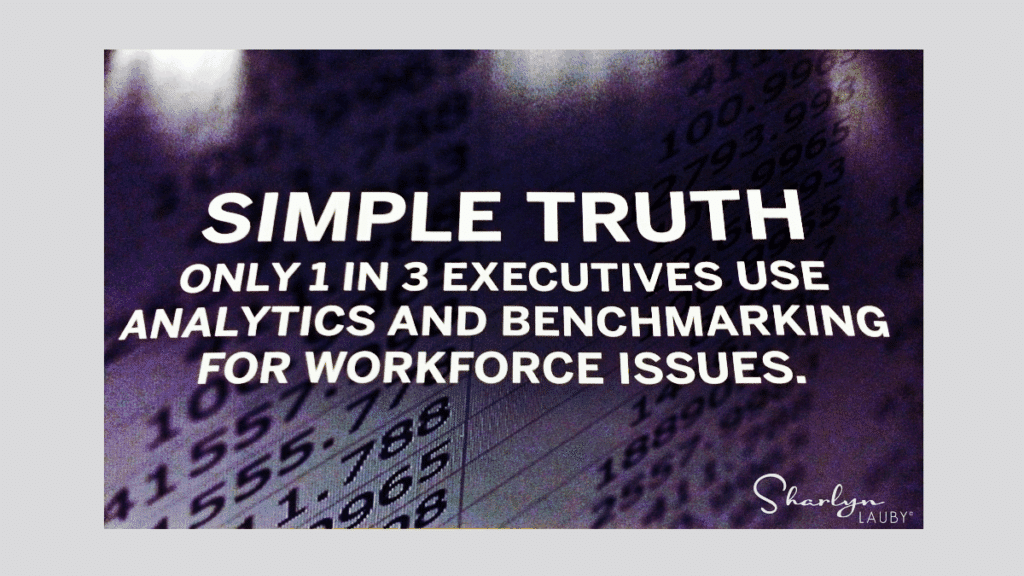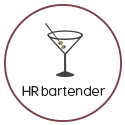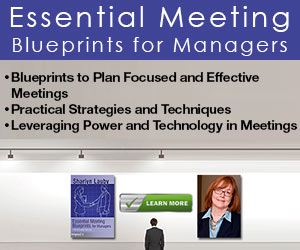Estimated reading time: 3 minutes
I recently came across a work trend special report from Microsoft that was talking about the emergence of artificial intelligence (AI). I’m not going to lie, the report is trying to showcase what Microsoft AI tools can do for organizations. But the report mentioned another takeaway that’s worth thinking about – which is organizations shouldn’t expect AI to fix their work environment.
It totally makes sense. Artificial intelligence tools learn from the existing structure. So, if the existing structure is flawed or not operating at peak effectiveness, then that’s the foundation that AI will learn from. It’s kinda like having the employee who doesn’t follow any of the rules train the new employee. Does the organization feel confident that the new employee will learn the company standard (or the short cuts)?
This is where the Microsoft report got interesting because they shared some statistics about what they’ve termed the “infinite workday”. Here are just a few that caught my eye:
- Mass emails with 20+ recipients are up 7% in the past year, while one-on-one threads are on the down 5%.
- The average time between interruptions by a meeting, email, or message during work hours is 2 minutes.
- 57% of meetings are ad hoc without a calendar invite.
- 29% of employees check their email after 10p and 16% of meetings are scheduled in the evenings.
What struck me about these statistics (and there are many more in the report) is that organizations appear to be struggling with communication. People are sending mass emails because they don’t have time to figure out who needs the information so let’s just send it to everyone. Meeting leaders have an issue they need to communicate so let’s do it now while it’s top of mind because they don’t want to forget – even if it means during the evening hours.
So, if you’re an organization thinking about implementing AI tools, it’s important to do an internal assessment. Are you ready for AI? Not just do you have a strategy and policy in place, while those are important. But rather, is the organization’s current processes working well (i.e., like communication). Because AI tools might just amplify the organization’s weaknesses.
And if the organization isn’t currently thinking about AI, maybe this is a good reminder to address process flaws in a timely fashion. Because if employees see they will not be held accountable, then what happens? I’m not suggesting that every employee will start undermining the company. In fact, some employees might not realize they are doing something wrong. Holding people accountable helps the employee and the organization be successful.
After thinking about this report for a few days, my final takeaway was this: quick fixes don’t always yield positive results. Technology is wonderful but you have to put in the work – research the product, implement it well, get trained on how to use it, and monitor results.
I recently published an article on employee coaching. The same principles apply. We can’t simply just tell an employee one time to do something and expect perfect results. We have to set expectations, provide training, coach the employee, and recognize good work.
Organizations that want high performance (and let’s face it, they all do) need to do the prework so their employees and technology solutions can deliver for them.
Image captured by Sharlyn Lauby who wondered if it also includes artificial intelligence.







